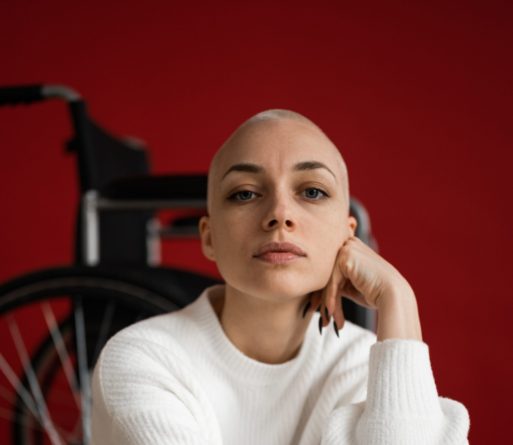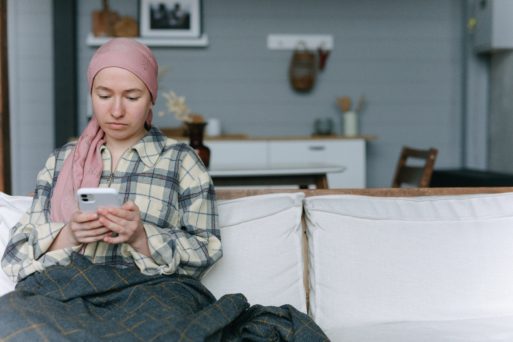 Cancer: The word strikes fear into the hearts of many, conjuring up images of middle-aged or elderly loved ones losing their hair and dying. But more and more, this is not what cancer looks like for everyone. A number of cancers are being increasingly diagnosed among young people. In many cases, death is also being staved off by treatments, and cancer survivorship is on the rise.
Cancer: The word strikes fear into the hearts of many, conjuring up images of middle-aged or elderly loved ones losing their hair and dying. But more and more, this is not what cancer looks like for everyone. A number of cancers are being increasingly diagnosed among young people. In many cases, death is also being staved off by treatments, and cancer survivorship is on the rise.
The Financial Times reported on the increase in cancer diagnoses among people under age 50, with some doctors suggesting it should be referred to as an epidemic. Between 1990 and 2019, cancer rates for 25-29 year olds rose 22% in industrialized nations, the fastest rate of any age group. Speaking to the Harvard Gazette, Shuji Ogino shared that the risk of getting cancer is growing exponentially: “We found that this risk is increasing with each generation. For instance, people born in 1960 experienced higher cancer risk before they turn 50 than people born in 1950, and we predict that this risk level will continue to climb in successive generations.” They believe that early screening for cancer does not account for this rise, but that the more likely culprits are things like alcohol consumption, eating highly processed foods, smoking and obesity.
But it’s not all bad news on the cancer front. Advances in treatment options have turned what used to be a death sentence into a chronic condition. Many incurable cancers are quite treatable for long periods of time, leading some to call for changing what used to be referred to as terminal diagnoses into chronic conditions. CancerConnect explains that many people with chronic cancer have adjusted to living with the need for one treatment after another for years. While not ideal, when faced with the alternative of dying early, patients find a way to adapt. Dr. Lidia Schapira told the Washington Post that “We’re not quite there yet, but we’re moving closer to the situation we have with HIV patients, in that today even people with incurable cancers may be living for decades…. I’m still treating patients who were diagnosed decades ago, while my colleagues are seeing people in their 50s and 60s who had cancer as children.”

The American Cancer Society reported that while 2 million people will be diagnosed with cancer each year, death rates from cancer have fallen 33% since 1991. More and more healthcare communities are recognizing the need to offer cancer survivorship support, as patients transition into a new phase of their journey. A 2022 study in BMC Health looked at steps employers can take to welcome cancer survivors back into the workplace. And as many young adults are diagnosed with chronic cancers or cancer in remission, an expanded lens has been focused on what cancer means for fertility, dating, and long-term health repercussions. While it seems that cancer is on the rise among young adults, so are the overall odds of survival.

 The Changing Face of Cancer and Cancer Survivorship
The Changing Face of Cancer and Cancer Survivorship


 How Dare You Die Now!
How Dare You Die Now!

 “Help Me, Helen”
“Help Me, Helen”














